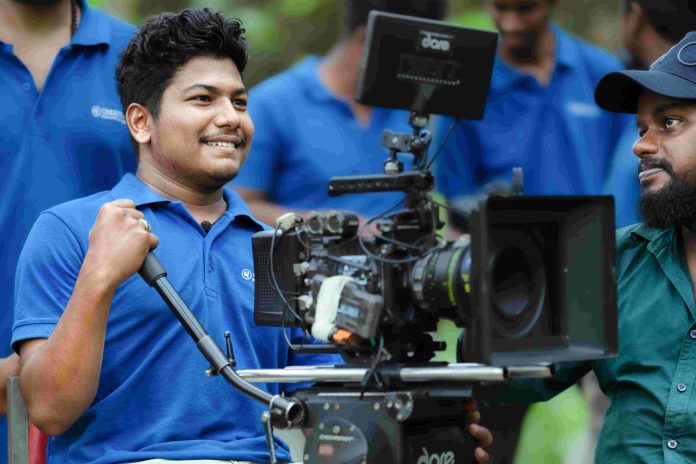The Changing Landscape of Motion Photography.
In short, motion photography is the skill of capturing motion in a way that conveys a feeling or a story. It involves incorporating a subtle blur into your images to tell a story, which will make them appear less static and more surreal. But when you can delve deeply into the vibrant realm of motion photography, why limit yourself to a simple description? Together, we will examine this vibrant medium and discover how to make your photos come to life.
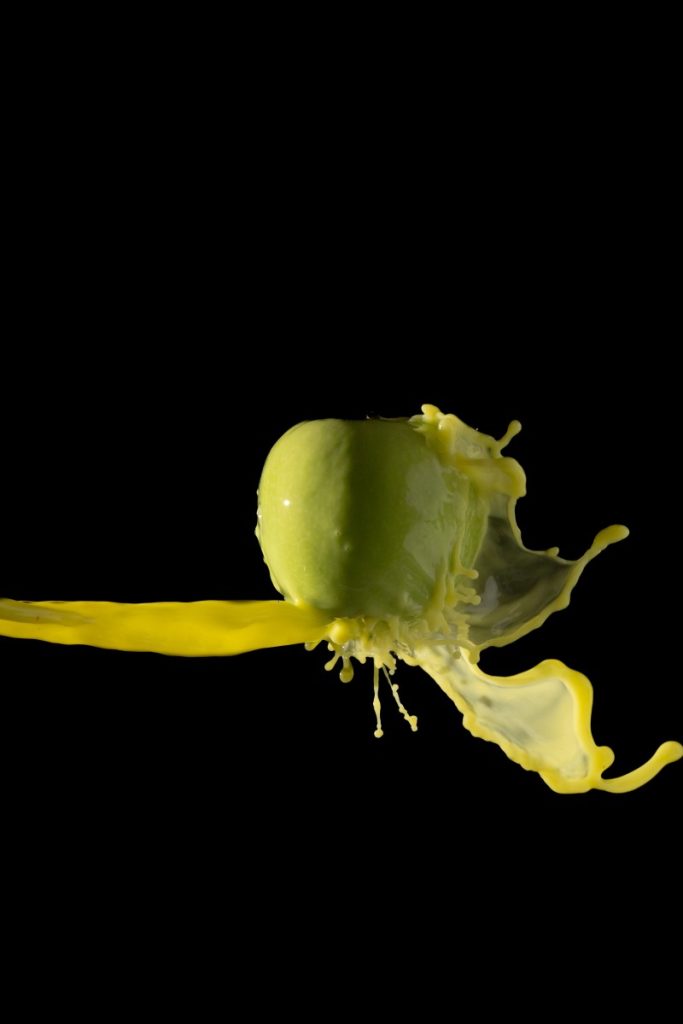
Freezed Flow: The flow of water on the air
Comprehending Motion Photography
Capturing the motion of your subject is only one aspect of motion photography; another is expressing the essence of motion and its relationship to the surrounding environment. It’s about narrating a story that moves quickly, fluidly, or even slowly over time. In order to get the right impact, this kind of photography requires a thorough awareness of your subject, the surrounding area, and how to adjust the camera settings.

The hasten: time is a created thing. To say “I don’t have time” is to say “I don’t want t
The Skill of Including Blur
It may seem easy to add blur to a motion shot, but it takes knowledge and expertise. The blur can represent direction, speed, and even feeling. That’s what makes a dynamic photo different from a static one. The trick is to determine just the right amount of blur to use; too little and the action is lost; too much and the image is blurry..
Using Movement to Establish Tone
An image of an automobile captured in time is just a photograph, but the same image with the background blurred and the car the sole object in focus gives depth and emotion. By blurring everything except the main topic, the use of blur to highlight movement draws attention to the subject. This method works well to focus the viewer’s attention and depict speed.
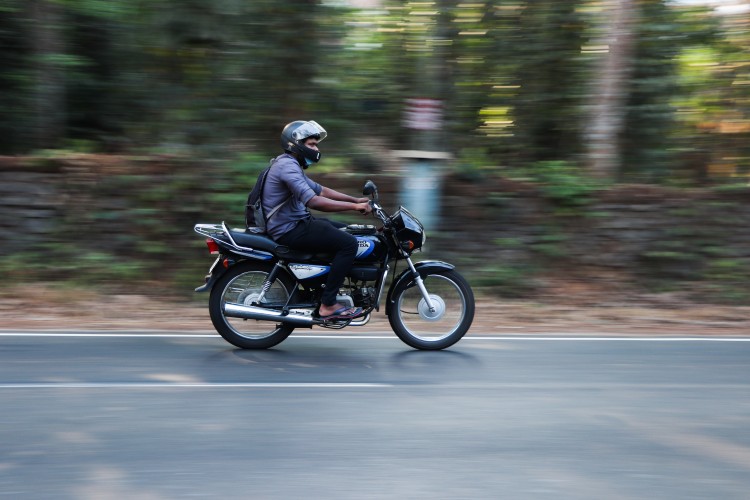
Charged Moment: Always chase your life dreams dreamt
Extended Exposure: Preserving Dream Worlds
With long-exposure photography, you can use a very slow shutter speed to produce beautiful, dreamlike photographs. Everything from the smooth flow of a waterfall to star trails in the night sky can be captured using this approach. It turns the ordinary into the sublime.
Photography Splash: Artifice and Waiting
Using splash photos, you may give your portfolio a more polished and captivating appearance. It takes time and a fast shutter speed to catch the precise moment a drop of water hits the surface. The end effect is frequently a breathtaking demonstration of the fusion of art and physics.
Methods Employed in Panning
As the subject moves, the camera is also moved during panning. Sensing motion and velocity, the subject remains in sharp focus while the background becomes increasingly blurred. It is a common technique in sports photography that, when executed properly, can produce breathtaking images.
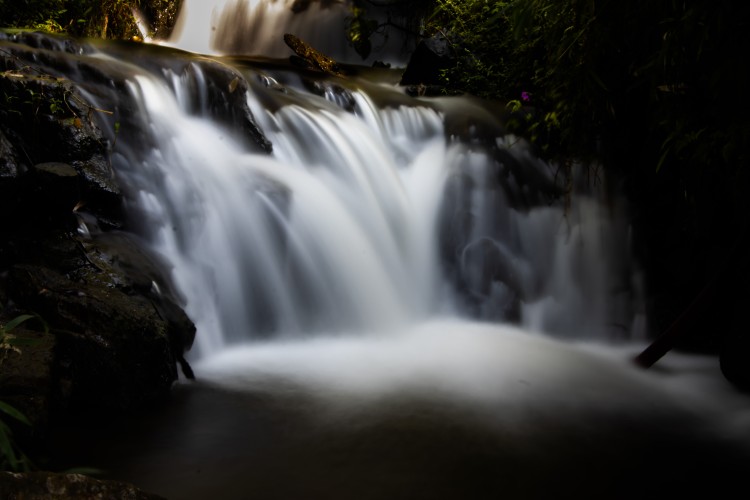
The Slow Fall: View of a stream by using a slow shutter speed
Streaming Crafting Long Exposures
Prolonged exposures to rivers or streams can transform the water into a velvety surface, which stands in stark contrast to the still components within the frame. Although it requires a tripod, a neutral density filter, and considerable perseverance, this method yields a highly satisfactory outcome.
The Art of Intricate Ink Splashes
Another form of motion photography that is dynamic is ink splatter photography. The random and exquisite formations of ink that result from dropping it into water must be captured with a controlled environment and precise timing. Frequently, the resulting visuals are enigmatic and incredibly lovely.
Creating a Wave with Splashes of Water
Water splash photography effectively depicts the tumultuous allure of moving water. Capturing the impact of an object falling into a pool or a glass toppling over necessitates the use of a rapid shutter speed and accurate timing, frequently yielding visually striking high-speed photographs.
Motion and Composition
Composition knowledge is essential for motion photography. In addition to being aesthetically appealing, the composition should direct the viewer’s attention to the image’s focal point or motion. It involves equilibrium, symmetry, and occasionally deliberate asymmetry in order to produce a dynamic image.
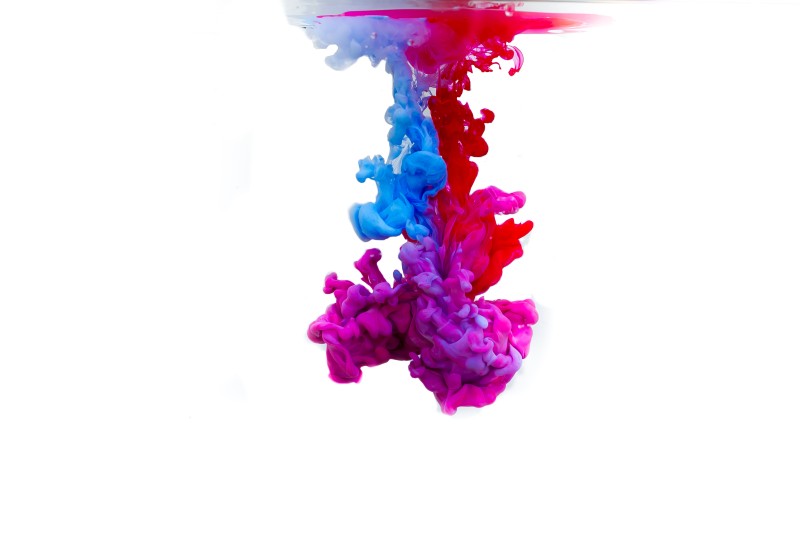
Cloud of Color: The view of mullite colors mixing up
Comprehension of Shutter Speed
Shutter speed is among the most critical parameters when it comes to capturing motion. A slow shutter speed will cause a subject in motion to blur, whereas a rapid shutter speed will cause a subject in motion to become frozen. Proficiency in the manipulation of shutter speed is critical for achieving mastery in motion photography.
Post-processing methodologies
Post-production is a critical component of motion photography. In addition to rectifying errors, the objective is to improve the motion effect and the overall aesthetic of the image. In post-processing, effects such as motion blur, panning, and magnification can be heavily emphasized.
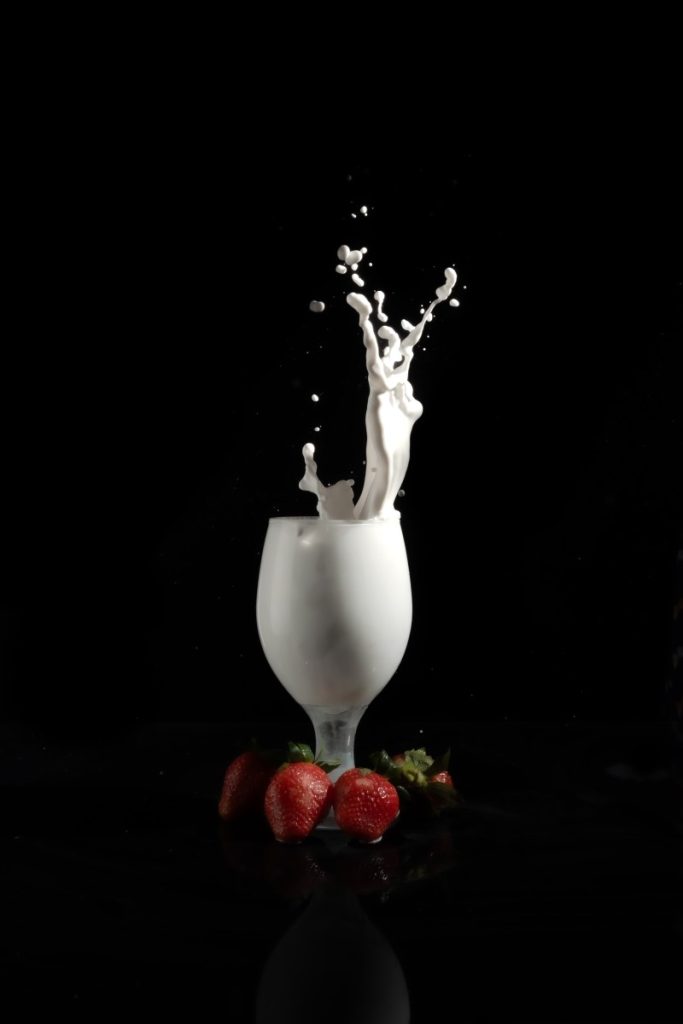
Paused: Splattering Shake
Obstacles to Creativity in Motion Photography
Motion photography is not devoid of difficulties. Every stage of the process, from selecting the appropriate subject matter to becoming proficient in the technical intricacies of one’s camera, presents an opportunity for learning. Adapt to these challenges as they present themselves and leverage them to augment your abilities and ingenuity.
The dynamic and thrilling field of motion photography provides an inexhaustible supply of opportunities to capture the world in compelling and one-of-a-kind ways. The key to capturing the intricacies of an ink splash, freezing athletes in motion, or blurring cascades is to experiment, gain knowledge, and, above all else, have fun with the process.
What is the best shutter speed for motion photography?
The best shutter speed varies depending on the subject and the desired effect. Generally, a fast shutter speed (1/500th of a second or faster) will freeze motion, while a slow shutter speed (1/60th of a second or slower) will blur motion.
Do I need a tripod for motion photography?
To ensure stability and sharpness, a tripod is highly recommended for some forms of motion photography, particularly panning and long-exposure photos.
Is it possible to take motion pictures using a smartphone?
Even though they might not be as versatile as DSLRs or mirrorless cameras, many smartphones these days come with manual settings and apps that let you take artistic motion pictures.
In photography, what does panning mean?
Using the panning technique, the camera is moved horizontally beside a moving subject to maintain focus on the target while blurring the background.
Copyrights:
All the photos and text in this post are copyright of Sanal Sunny , Thrissur Creative Hut Institute of Photography .Their reproduction, full or part, is forbidden without the explicit approval of the rightful owners.


